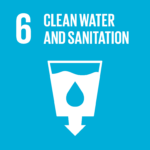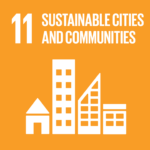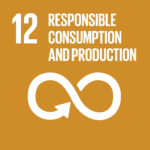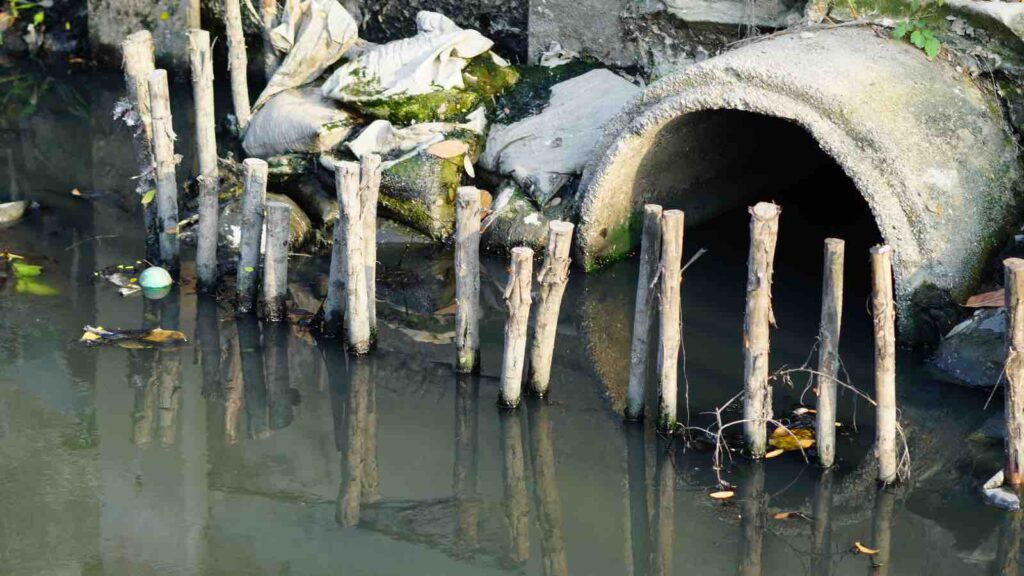Titled The Scourge of Untreated Wastewater: The Economic, Environmental and Human Costs of Inaction, the report exposes the steep economic, environmental, and human toll of untreated wastewater.
At the World Ocean Summit in Japan, a sobering report released by Economist Impact for the “Back to Blue” initiative — co-led by Economist Impact and The Nippon Foundation — exposed the steep economic, environmental, and human toll of untreated wastewater. Titled The Scourge of Untreated Wastewater: The Economic, Environmental and Human Costs of Inaction, the report turns a long-ignored public health issue into a glaring economic emergency.
The findings center on five countries representing a spectrum of income levels — Brazil, India, Kenya, the Philippines, and the United Kingdom — and quantify the cascading consequences of poor sewage management, from stunted agricultural yields to spiraling healthcare costs.
RELEVANT SUSTAINABLE GOALS



An Overlooked Economic Catastrophe
While water pollution is widely acknowledged as an environmental issue, the report brings into sharp focus its economic repercussions. In Brazil, contaminated irrigation water is decimating the agricultural sector, costing an estimated $16 billion annually due to reduced crop yields. In India, fisheries have sustained over $2 billion in losses, with polluted waterways jeopardizing food security and export viability.
The findings center on five countries representing a spectrum of income levels — Brazil, India, Kenya, the Philippines, and the United Kingdom — and quantify the cascading consequences of poor sewage management, from stunted agricultural yields to spiraling healthcare costs.
A Crisis of Infrastructure and Priorities
“Inadequate sewage systems are leaving populations sick and starving, all the while costing the economy billions,” said Richard Damania, Chief Economist of the Sustainable Development Practice Group at the World Bank. “Clean water systems are necessary for human health, strengthen livelihoods, and fuel economies.”
The numbers are stark. In Kenya, only 11% of wastewater is treated, a figure that reflects the profound infrastructural gaps plaguing many low-income nations. The consequences are not just financial — they are deeply human.
Dr. Amelia Wenger of the Wildlife Conservation Society emphasized this human toll: “It is often the local communities that suffer the most from sewage pollution. Lost wages and expensive medical bills put an enormous strain on families. Yet these financial losses caused by poor infrastructure and failed policies are entirely avoidable.”
The report doesn’t merely sound the alarm; it offers a roadmap for action. It calls on governments to prioritize wastewater treatment infrastructure, highlighting solutions such as large-scale public works, decentralized treatment systems, and innovative recycling approaches — including using treated wastewater as organic fertilizer or to generate renewable energy.
Crucially, the study stresses that with 40% of the global population lacking access to safe water, the issue is not confined to low-income nations. Even high-income countries like the UK face hidden economic costs due to legacy infrastructure and underinvestment.
A Tipping Point for Policy and Investment
With mounting climate risks, rising populations, and increasing pressure on food systems, the need for clean water has never been more urgent. The Back to Blue report urges a fundamental rethink: wastewater treatment must be recognized not as a cost, but as an investment — one that can yield returns in health, productivity, and resilience.
In a world that can ill afford waste — of water, money, or lives — the choice is clear. The cost of inaction is written in billions. The path forward is paved with clean, sustainable infrastructure. But time is running out.
Lead image courtesy of Supermario via Getty Images Signature
You may also be interested in :
Water Woes : Decoding Southeast Asia’s Water Management Challenges




